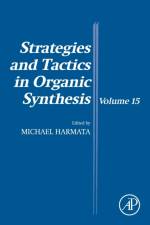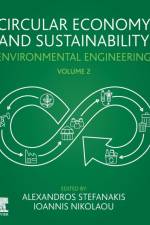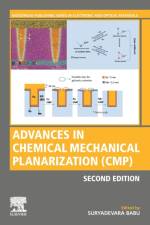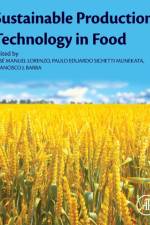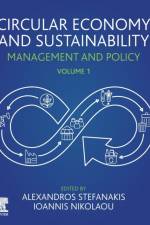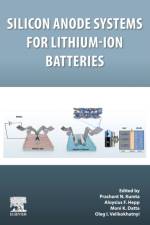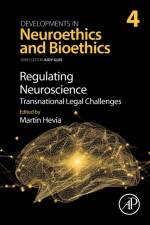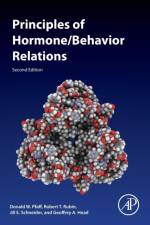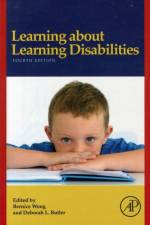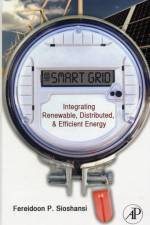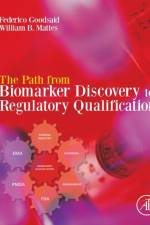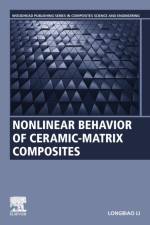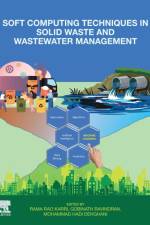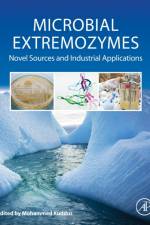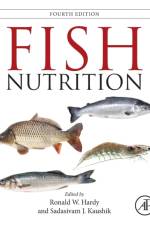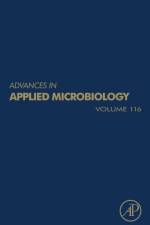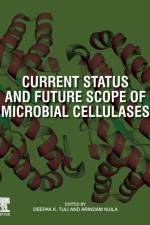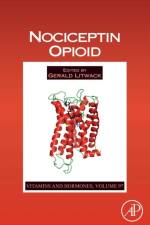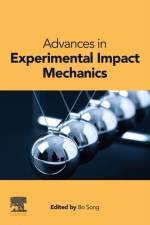- Earth Surface Responses and Processes
2 601
Precipitation: Earth Surface Responses and Processes provides readers with a general and indispensable overview of processing rainfall processes through radar techniques, numerical models, geostatistical tools, photogrammetric methods, plots, indexes of connectivity or rainfall simulations. The handbook follows a clear and consistent format, and is structured as follows: Introduction (State-of-the-Art); Part 1. Rainfall and climate/atmosphere; Part 2. Models and applications; Part 3. Rainfall as a key actor playing the main role affecting different ecosystems. Part 3: Rainfall affecting the earth surface from different scales and landforms; Part 4: Rainfall and stormwater quality management in urban and rural areas. Precipitation is a key factor needed for understanding landscape evolution and ecosystem services. Knowing the main precipitation composition, mechanisms and processes allows for efficient land management plans and ecosystem restoration activities. However, precipitation shows different responses under specific environments depending on the climate (from the arid to the polar areas), parent material, scale (from the raindrops to catchment scale), intensity, landscape morphologies (soil sealing, rills, gullies or rivers) or human activities (agriculture or urban areas). Precipitation: Earth Surface Responses and Processes bring this information together and provides indispensable material in a holistic manner for students, scientists and lecturers from different environmental disciplines such as climatology, meteorology, geomorphology, hydrology, soil science, geography, engineering, or ecology.

